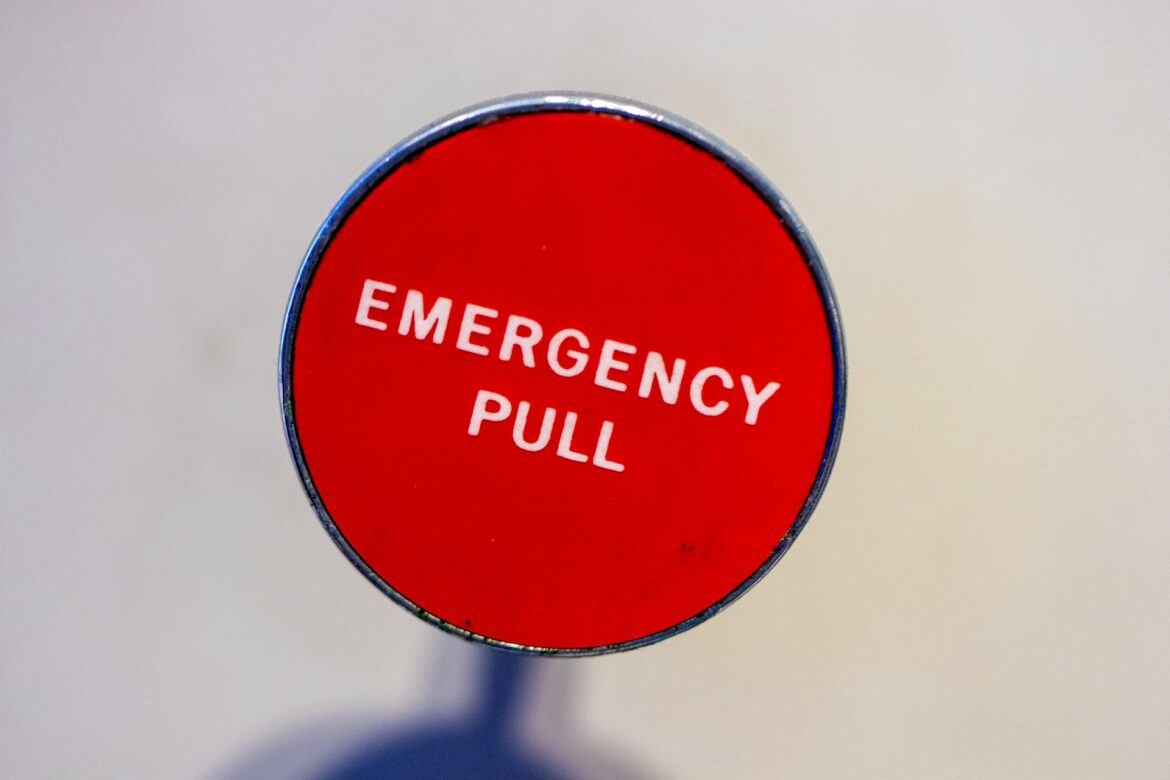Creating a crisis-ready workplace is critical as an organization implements psychological health and safety programs. An organization’s size and sector influence its state of readiness.
Sectors where employees work in high-risk situations—like policing, military, corrections, paramedics, and health care—and are exposed to traumatic events need controls to prevent harm and support those experiencing crises. However, regardless of size, every business should consider how it can prepare for the unexpected. The wrong time to prepare for a crisis is when you are in one.
Every organization should develop a crisis-readiness playbook that maps actions to protect its workforce. This playbook doesn’t need to be overly complex; it must be thoughtfully crafted to fit the organization’s sector, nature of work, public access, risk level, and staff training.
Establish the crisis readiness standard
The following six actions can spark an employer’s conversations and decision-making as it prepares to establish a crisis readiness standard and become crisis-ready.
Define the framework: Outline the crisis-readiness framework. Set clear goals and objectives, such as minimizing risk, ensuring safety, maintaining operations, and fostering a supportive environment during crises. This framework should consider physical structure, equipment, people, IT requirements, communications, and expertise. A well-defined framework establishes what “good” means for the organization and the available investment, resources, and staffing. Building a standard is easy; implementing and maintaining it requires commitment and resources.
Plan: Identify potential crises the organization might face, such as natural disasters, fires, chemical incidents, employee job-specific risks, infrastructure failures, and violence. Specify the “why,” “what,” and “how” for each scenario. For instance, develop evacuation plans and communication strategies if the organization is located in a flood-prone area. Effective planning requires pre-emptively addressing immediate responses and recovery efforts. Crisis planning considers all the known factors and accounts for the unknown as general crisis management requirements. These can include events outside the realm of normal or typical readiness planning considerations (e.g., an armed assailant in a nursing home).
Develop crisis policies: Create comprehensive policies covering known crisis scenarios, including natural disasters, workplace violence, and health emergencies. Define roles, responsibilities, and procedures for each scenario. Regular updates and reviews ensure policies remain relevant and reflect changes in organizational needs or external regulations. Ensure employees are trained in what to do and not do and how to access reviews for the most critical crisis scenarios. Ensure clear communication channels regarding who to contact during a crisis and conduct regular refreshers. Implement a crisis-readiness discipline to review policies and procedures.
Plan staffing and training: Determine the percentage of staff to be trained in crisis readiness programs. These may include Crisis Ready Workplace Certificate general crisis readiness training for HR and leaders, mental health first aid, critical incident stress, medical first aid, non-violent crisis interventions, and suicide intervention such as ASIST, a two-day course that teaches participants to recognize and help someone thinking about suicide. Tailor training to suit your sector’s needs. The total number trained may be a proportion, such as 10 to 15 per cent of the workforce. We recommend that all HR professionals and frontline leaders complete Crisis Ready Workplace Certificate training to ensure support is in place to deal with mini, medium, or major workplace crises.
Practice and engage: Provide support and resources to those trained to maintain their skill level. Conduct regular drills (e.g., fire) and simulations (e.g., IT attack) to reinforce desired behaviours, ensure readiness, and identify gaps in crisis management planning and responses. Decide on the frequency and scope of these practices to ensure constant preparedness. Keeping employees engaged through refresher courses and updates helps maintain a high level of readiness.
Report and monitor: Establish key performance indicators to track and evaluate the effectiveness of crisis readiness efforts (e.g., response time). Regularly report training records, incident responses, and cost analyses to senior leadership. This transparency helps assess the program’s effectiveness and secures ongoing leadership support. Reporting ongoing support and buy-in can demonstrate a crisis readiness standard’s benefits and highlight potential risks of inaction. Use data and successful examples from other organizations to strengthen support for ongoing funding.
A Crisis Readiness Standard Playbook may be one or two pages for small organizations, compared to larger first responder entities. Regardless of size, there are no shortcuts. Preparation requires defining a standard and assembling the pieces to build and maintain it.
Considerations when building a crisis-ready standard
Administration: Briefly frame the crisis-ready standard you want to aspire to. Create a business case and rationale and sell it to leadership to get full buy-in. Clearly define budget and resources. Ensure the budget includes funds for launching and maintaining the program and provides resources for evaluation and monitoring of how the programs, tactics, and practices are working within the crisis-ready standard. Ensure the standard is a clearly defined element within the organization’s psychological health and safety program.
Peer consultation, research, and learning: Be open to engaging with peer organizations to learn from their crisis management experiences. This exchange can provide valuable insights and innovative practices suited to your organization’s needs. Explore the most current research literature for trauma-informed workplaces to keep up with applied research on leading practices for reducing the impact of traumatic exposure and mitigating the risk of post-traumatic stress injury. Use this to inform and expand on the proposed crisis-ready standard. Avoid doing this in isolation. Leverage the available body of knowledge and expertise whenever possible.
Commit to a Plan-Do-Check-Act (PDCA) approach: Implement the PDCA cycle to continuously improve your crisis readiness standard. Every step in the process—designing, building, and implementing—requires a PDCA approach to ensure what is being done is working, to continue to stress-test the standard, and to look for opportunities to improve it. The following is a simple example:
- Plan: Identify potential crisis training. Get references, and be clear on why, what, and how the training will support the crisis-ready standard. Define the number of staff to be trained and how training will be reinforced.
- Do: Execute training.
- Check: Evaluate the training’s effectiveness and how it supports crisis management. Randomly check team members’ readiness through mock drills.
- Act: Make adjustments based on checks to improve training.
Developing a crisis readiness standard is an ongoing commitment to organizational safety and resilience. Organizations can create effective crisis readiness plans by establishing clear frameworks, utilizing continuous improvement cycles, consulting with peers, securing resources, and maintaining monitoring and engagement. This proactive approach enhances preparedness and cultivates a culture of safety and vigilance, safeguarding employees and organizational assets.
Regardless of organizational size or sector, there is benefit and value in creating a crisis-ready standard to ensure crisis preparedness. With all the volatility in the world and the growing number of mental health challenges, addictive disorders, and financial and job insecurity, employers can be assured there will be no shortage of crises.






